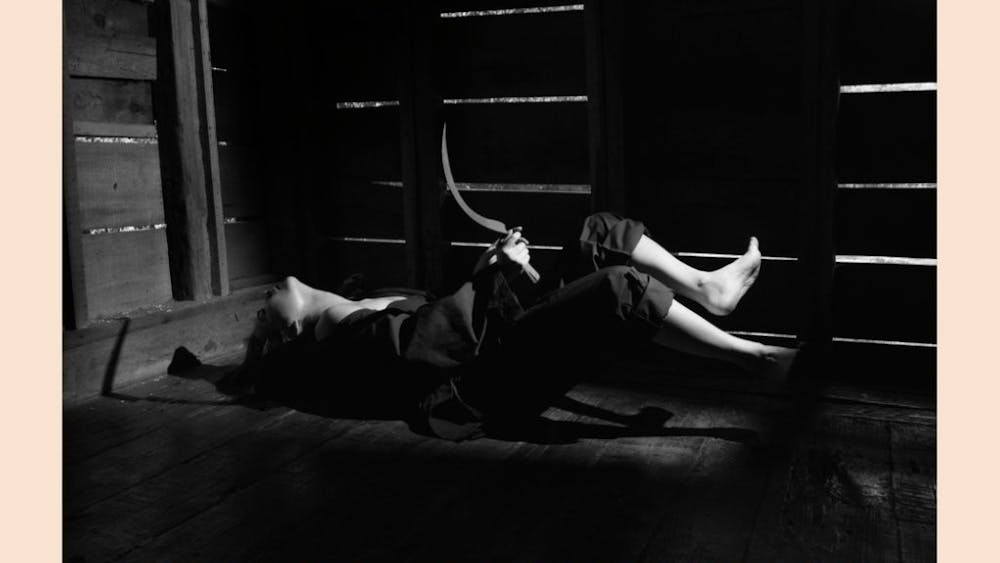It’s happening again.
Another student group — this time at the University of Cincinnati — is filing suit in federal district court against its school for maintaining and enforcing unconstitutional “free speech zones.”
The lawsuit comes after Christopher Morbitzer and his university’s chapter of Young Americans for Liberty were told by campus authorities to stop gathering signatures for a statewide “right to work” ballot initiative unless it was done within the confines of the university’s free speech zone.
The group was told if it didn’t limit its ballot initiative to the free speech zone, which requires registration five days in advance and consists of only 0.1 percent of campus, “Public Safety (would) be contacted.”
It is surprising that after numerous findings of their unconstitutionality both in and outside of court, universities continue to maintain free speech zones.
According to a federal court case challenging a free speech zone at Texas Tech University, a judge in Texas’ Northern District ruled against such zones, stating, “to the extent the campus has park areas, sidewalks, streets or other similar common areas, these areas are public forums, at least for the university’s students, irrespective of whether the university has designated them or not.”
Like the University of Cincinnati, IU also maintains seemingly unconstitutional policies regulating campus speech.
One such policy restricts free speech to only two areas of IU’s 1,933-acre campus: Dunn Meadow and the Sample Gates.
Such restrictions — when there are numerous other public areas on campus that meet the precedent cited above — are extreme.
In the 1989 Supreme Court case Ward v. Rock Against Racism, the justices found that, for a university to justify regulating campus speech, the policies must be “narrowly tailored to serve a significant governmental interest” and must “leave open ample alternative channels for communication.”
One has to wonder what significant government interest is served by IU’s limiting free expression to only two areas of campus.
What’s worse, in only one of those two areas — Dunn Meadow — can students engage in spontaneous speech.
And even that “liberty” is made uncertain by other policies in the Student Organization Handbook that say otherwise.
For instance, the outdoor campus events policy says that for events in Dunn Meadow, a registration form must be filled out and submitted to the Student Activities Office a minimum of 10 business days before the event.
Another policy in “Appendix D: Free Speech Policies and Guidelines” says “organizations planning a protest march or demonstration on campus should contact Student Life and Learning 24 hours in advance.”
So what is it, IU?
Is it spontaneous, as the trustees so designated it? Or must one register 24 hours or 10 days in advance? How is a student, or even an administrator, for that matter, to know?
As we have seen, according to the law, all public areas of campus should be free speech zones.
And not only that, they should be spontaneous free speech zones. After all, how else are students and faculty supposed to respond to unfolding events on campus if they cannot congregate?
Imagine if a student group wanted to have a vigil in Dunn Meadow the night of Sept. 11, 2001. Would it be permissible under the policies requiring prior registration?
While it might seem like IU does not always enforce these policies, their mere existence creates a chilling effect, whereby students or faculty who wish to speak or assemble don’t do so for fear of being reprimanded.
If IU wishes to avoid lawsuits similar to the one levied against the University of Cincinnati and also desires to remain in accordance with its responsibilities under the First Amendment, it would be well served to eliminate its free speech zones and open up all public areas of campus to assembly and demonstration.
— nperrino@indiana.edu
IU's 'free speech zone' fail
Get stories like this in your inbox
Subscribe





